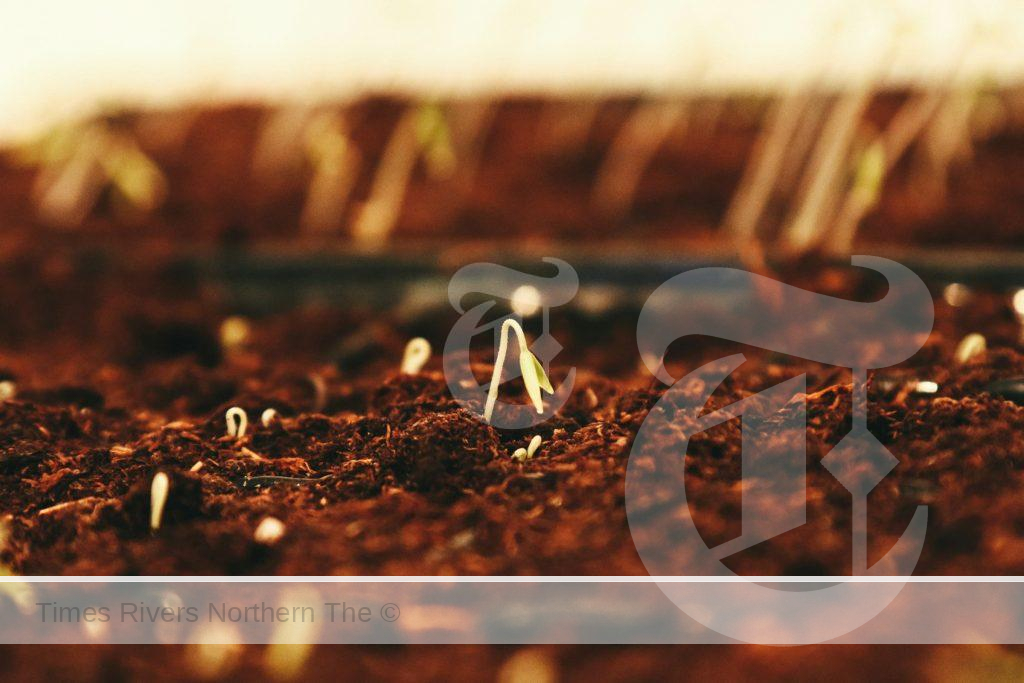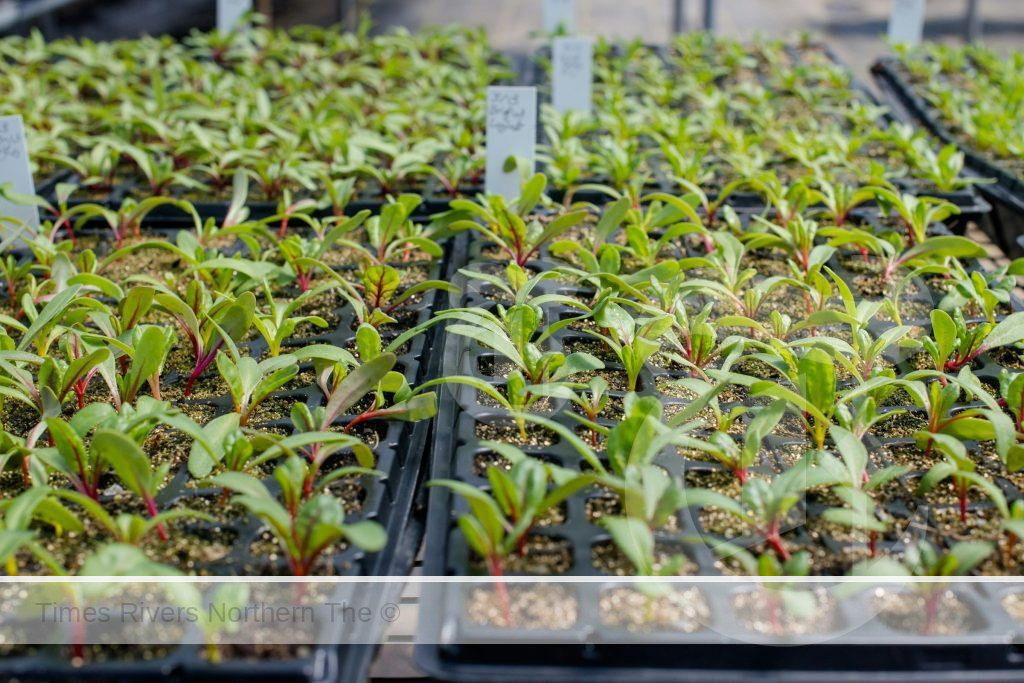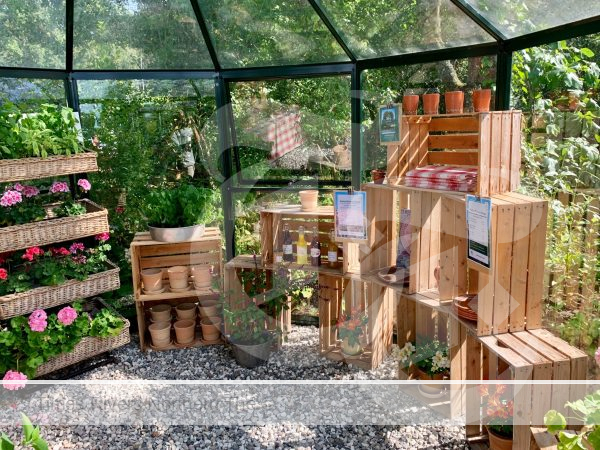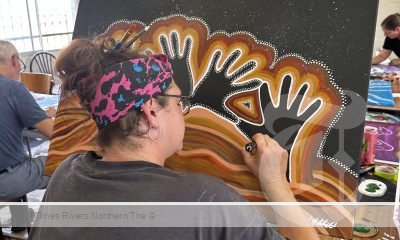Your DIY guide to building a planter box
By Liam Jennings.
If you’re looking to add a touch of greenery and nature to your outdoor space, building a DIY planter box can be a rewarding and fulfilling project. Whether you have a spacious backyard or a small balcony, a planter box allows you to grow herbs, flowers, or vegetables and infuse your living area with natural beauty. Here’s a guide to creating your very own garden oasis with a DIY planter box.
Step 1: Gather Materials and Tools
Advertisements

Before you start building, gather all the necessary materials and tools. Here’s what you might need:
Materials:
- Untreated wooden planks or hardwood boards (depending on your preference)
- Galvanised or stainless steel screws
- Weed barrier fabric or landscaping fabric
- Potting mix and compost
- Plants or seeds
Tools:
- Measuring tape
- Saw (circular saw or hand saw)
- Screwdriver or drill with screwdriver bits
- Pencil or marker
Step 2: Measure and Cut the Wood
Measure the dimensions of your planter box and mark them on the wooden planks. The size of the planter box is entirely up to you, but a common size is around 50-100cm long, 30-60cm wide, and 30-60cm deep. Use a saw to cut the wooden planks to the desired lengths.

Measure the dimensions of your planter box and mark them on the wooden planks.
Step 3: Assemble the Box
Lay out the cut wooden planks on a flat surface to assemble the box. Use corner brackets or wood screws to secure the planks together at the corners. Make sure the corners are square. You can also add a middle support plank if the box is large to prevent bowing.
Step 4: Add Drainage Holes
To prevent water from pooling at the bottom and potentially damaging the roots of your plants, drill small drainage holes in the bottom of the planter box. These holes will allow excess water to escape, promoting healthy plant growth.
Step 5: Line the Planter Box
To protect the wood and promote better drainage, line the inside of the planter box with weed barrier fabric or landscaping fabric. Cut the fabric to fit the bottom and sides of the box, leaving some extra to fold over the edges. Secure the fabric in place using staples or nails.
Step 6: Fill the Planter Box with Soil
Fill the planter box with a high-quality potting mix mixed with compost. This combination provides essential nutrients and good drainage for your plants. Leave about an inch of space at the top to allow for watering.

If you’re looking to add a touch of greenery and nature to your outdoor space, building a DIY planter box can be a rewarding and fulfilling project.
Step 7: Choose and Plant Your Greenery
Now comes the fun part – selecting the plants or seeds you want to grow in your planter box. Consider the amount of sunlight your outdoor space receives and choose plants that thrive in those conditions. Herbs like basil, mint, and parsley are great choices for sunny spots, while shade-loving plants like ferns and impatiens are perfect for shaded areas. Arrange the plants in the planter box according to your desired layout, and gently press them into the soil.
Step 8: Water and Maintain
After planting, water your planter box thoroughly to help settle the soil and hydrate the plants. Water regularly based on the specific needs of your chosen plants. Make sure to provide adequate sunlight and keep an eye out for any signs of pests or diseases. Regularly deadhead and trim your plants to encourage healthy growth.
Step 9: Enjoy Your planter box!
Once your DIY planter box is complete and your plants begin to grow and flourish, take the time to enjoy the beauty and serenity of your garden oasis. Whether you’re sipping morning coffee on your balcony or hosting a backyard gathering, your planter box will bring joy and nature to your outdoor space.
Building a DIY planter box is a gratifying way to add greenery and life to your outdoor area. By following this step-by-step guide, you can create a personalised garden oasis that suits your style and space. Get creative with your plant choices and design to make your planter box a reflection of your gardening passion. Remember to care for your plants with regular watering and maintenance, and watch as your garden flourishes, bringing beauty and tranquillity to your home. Happy gardening!
(Please note that this is a guide only)
For more gardening news, click here.

 Tweed Shire News2 years ago
Tweed Shire News2 years ago
 Motoring News1 year ago
Motoring News1 year ago
 COVID-19 Northern Rivers News3 years ago
COVID-19 Northern Rivers News3 years ago
 COVID-19 Northern Rivers News3 years ago
COVID-19 Northern Rivers News3 years ago
 Northern Rivers Local News3 years ago
Northern Rivers Local News3 years ago
 Health News3 years ago
Health News3 years ago
 COVID-19 Northern Rivers News3 years ago
COVID-19 Northern Rivers News3 years ago
 NSW Breaking News3 years ago
NSW Breaking News3 years ago






































